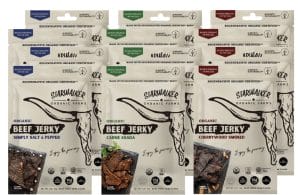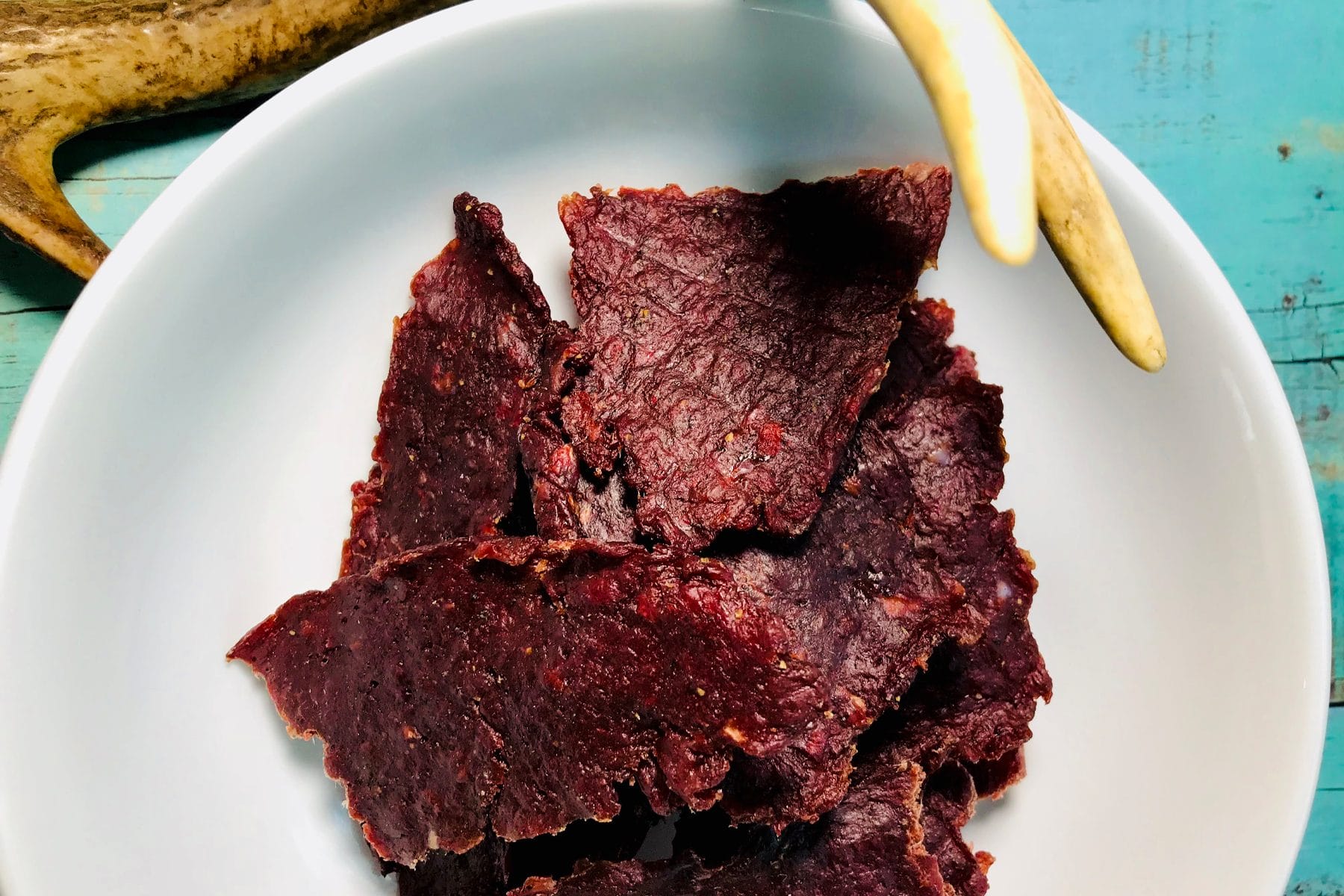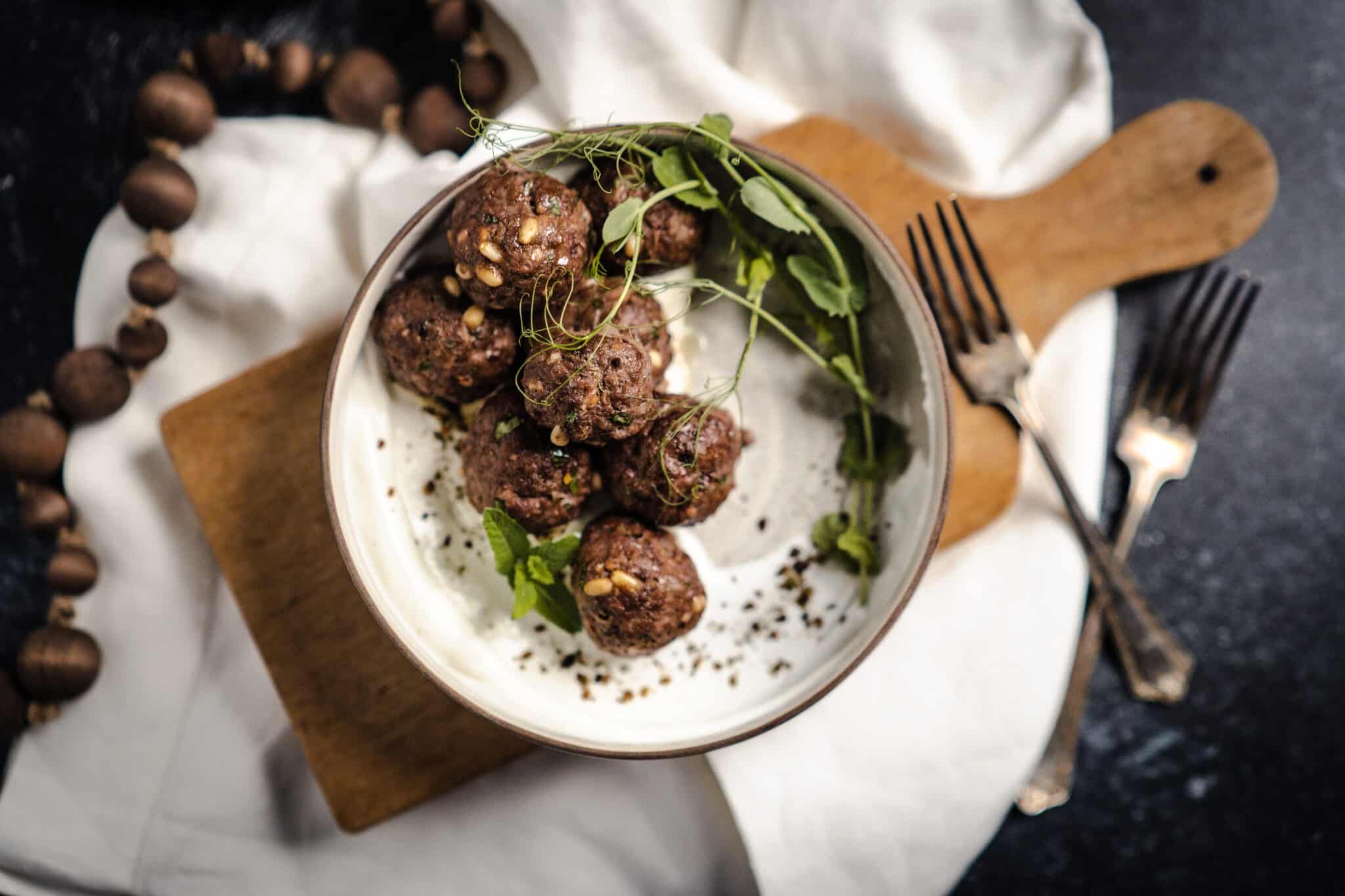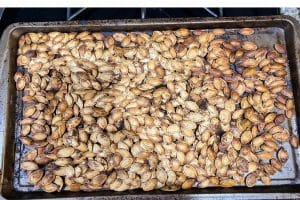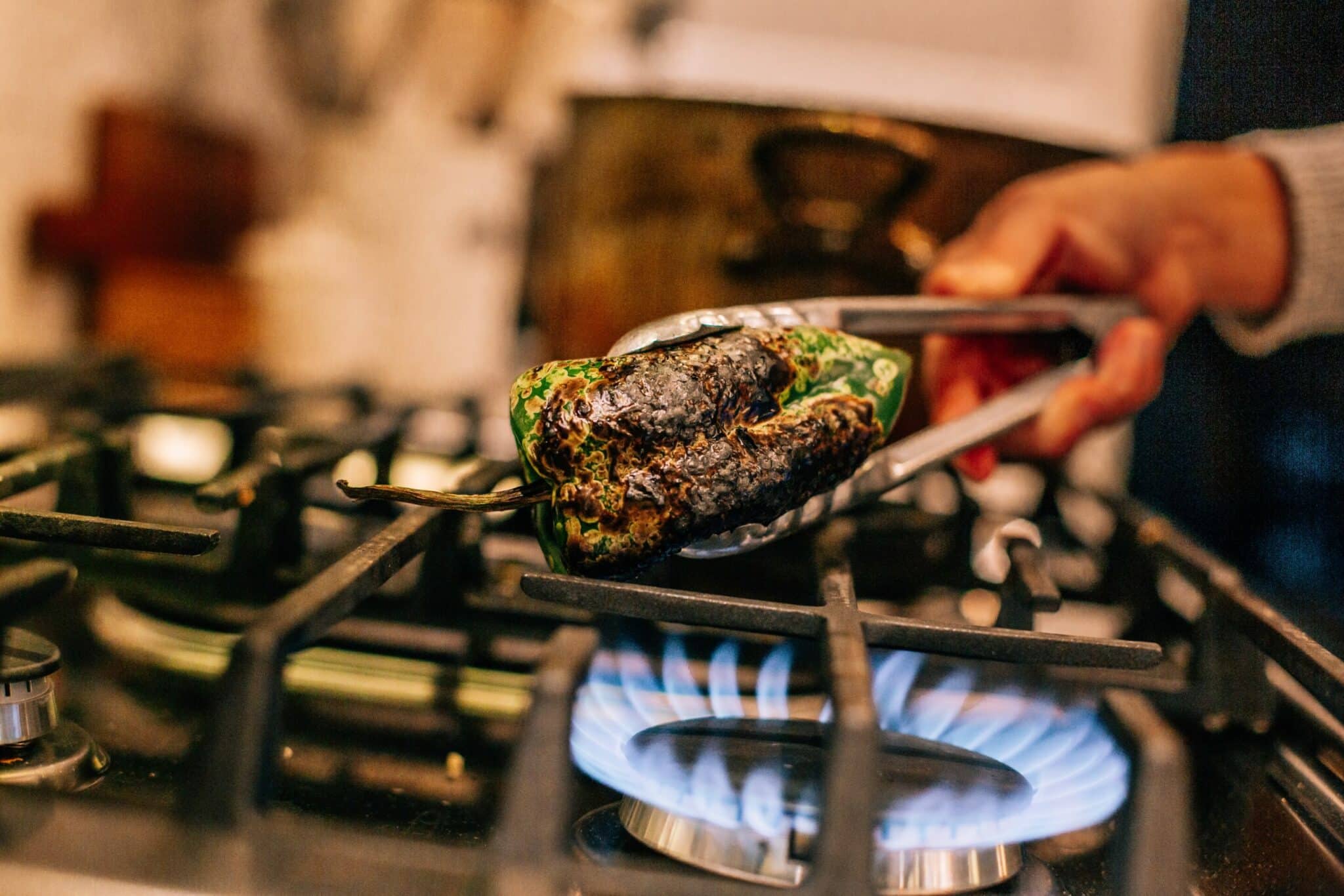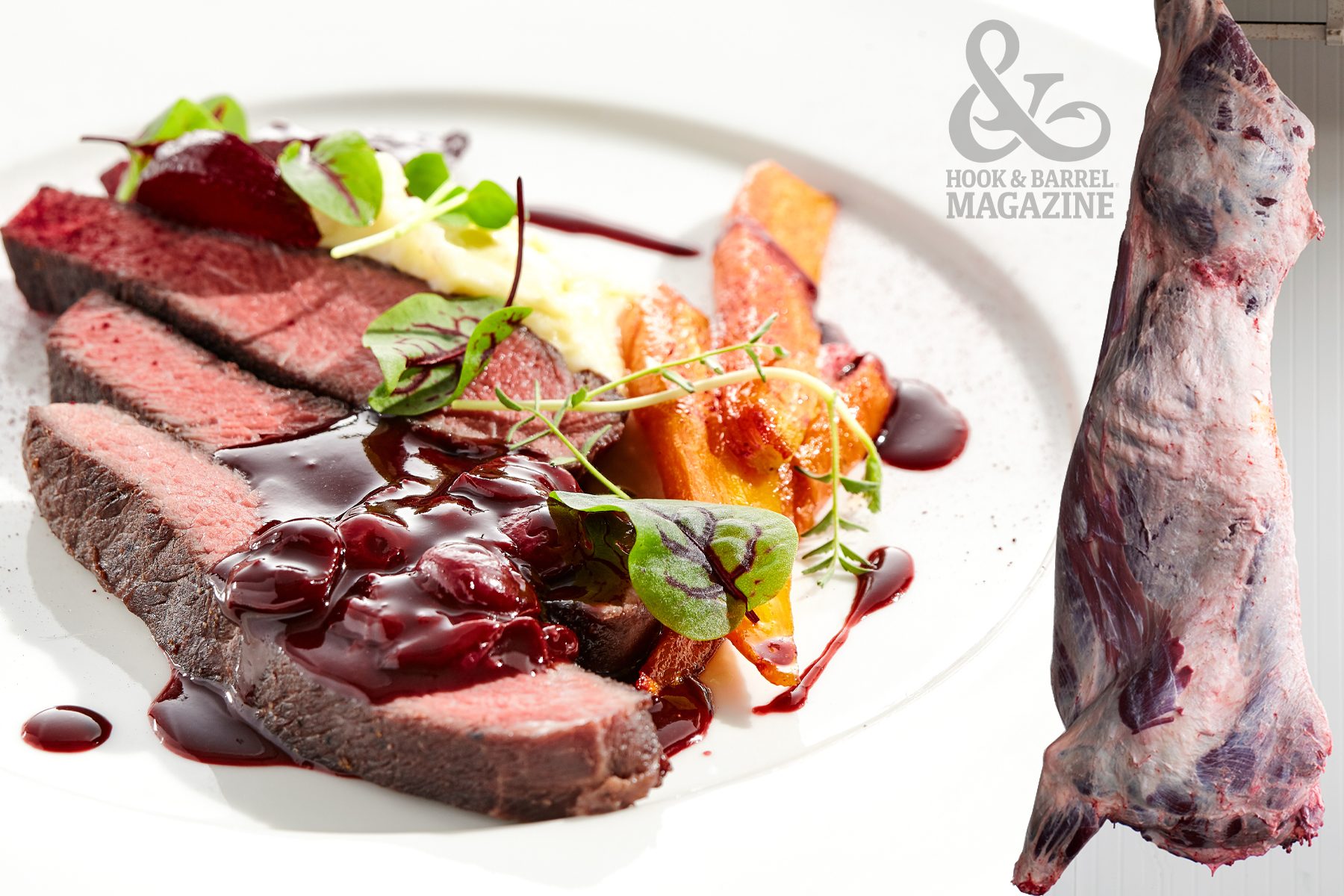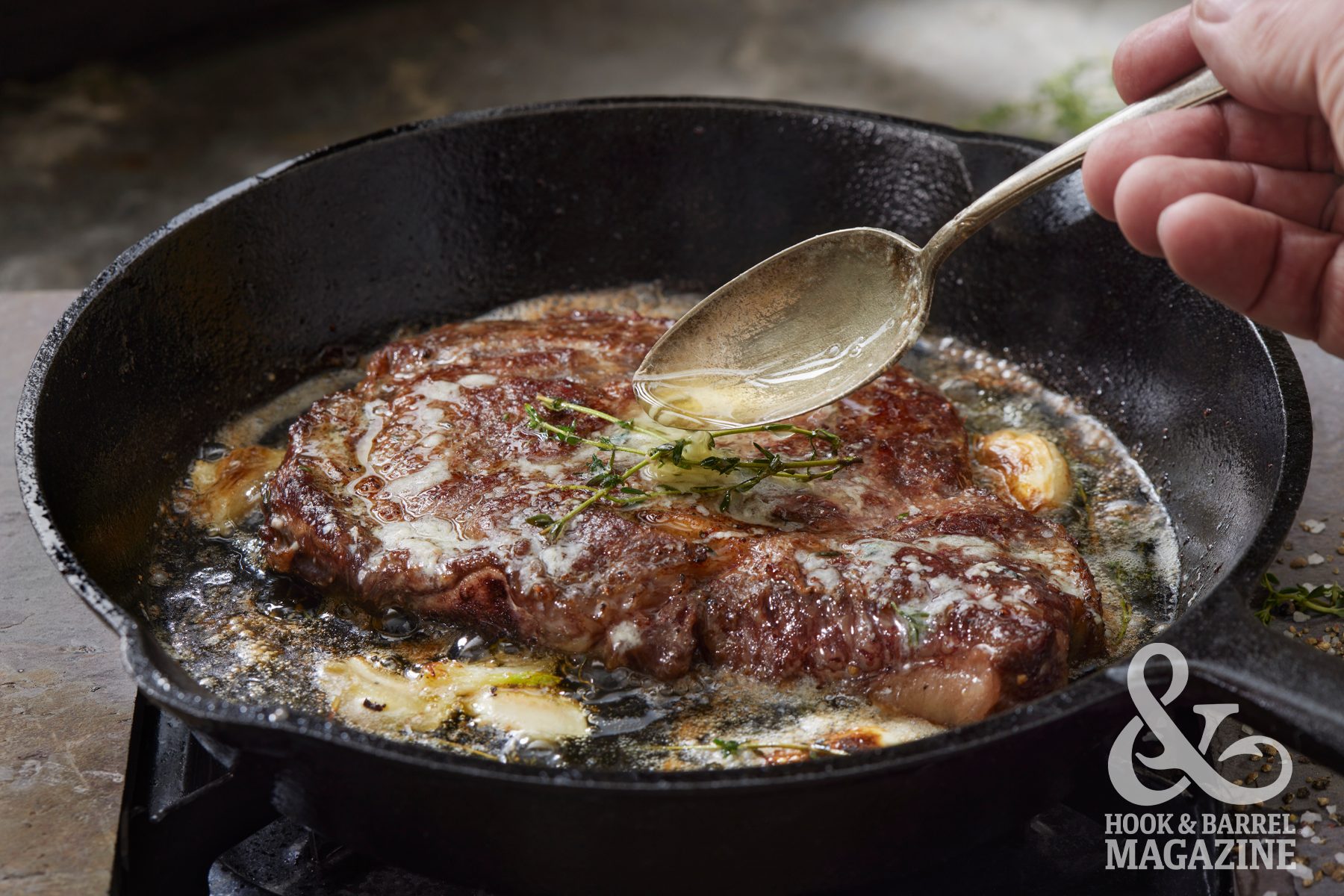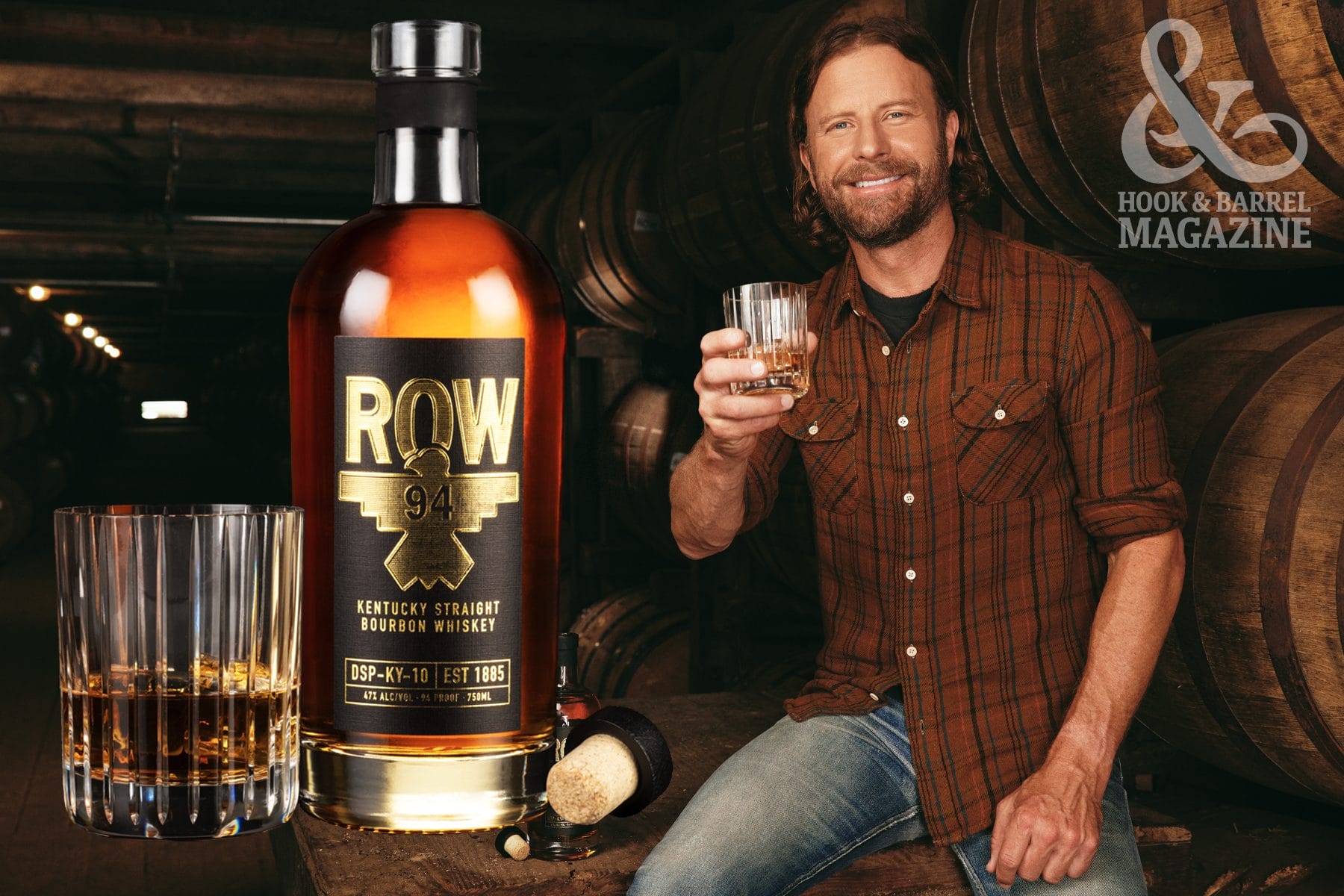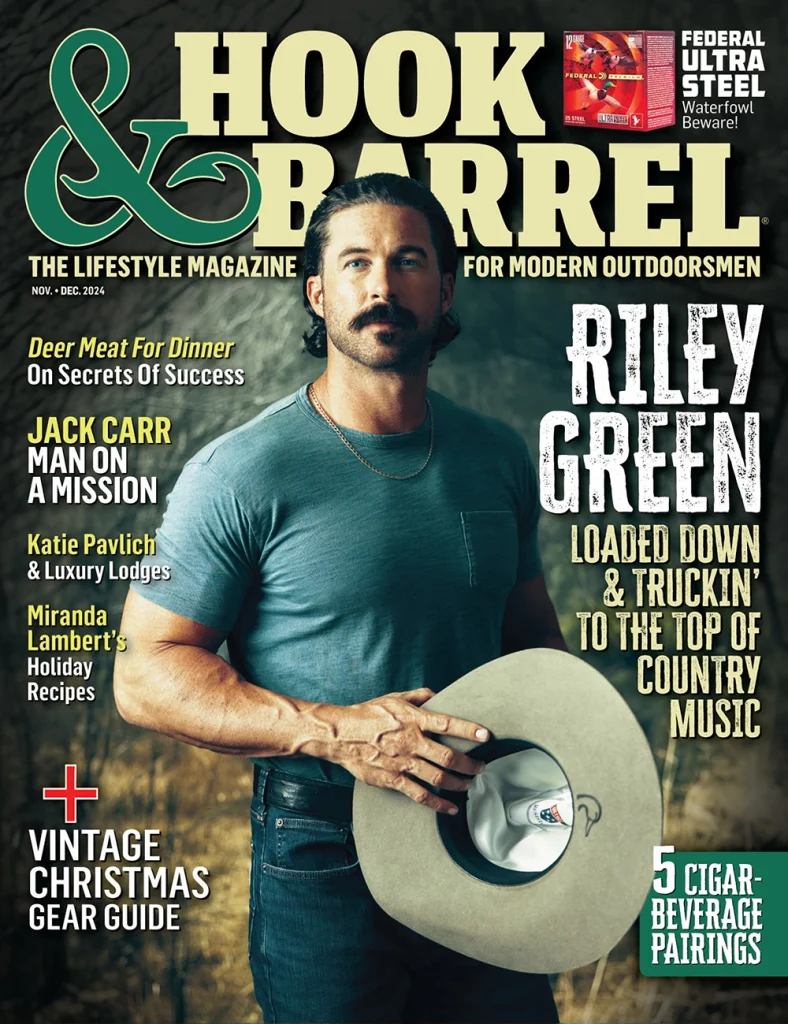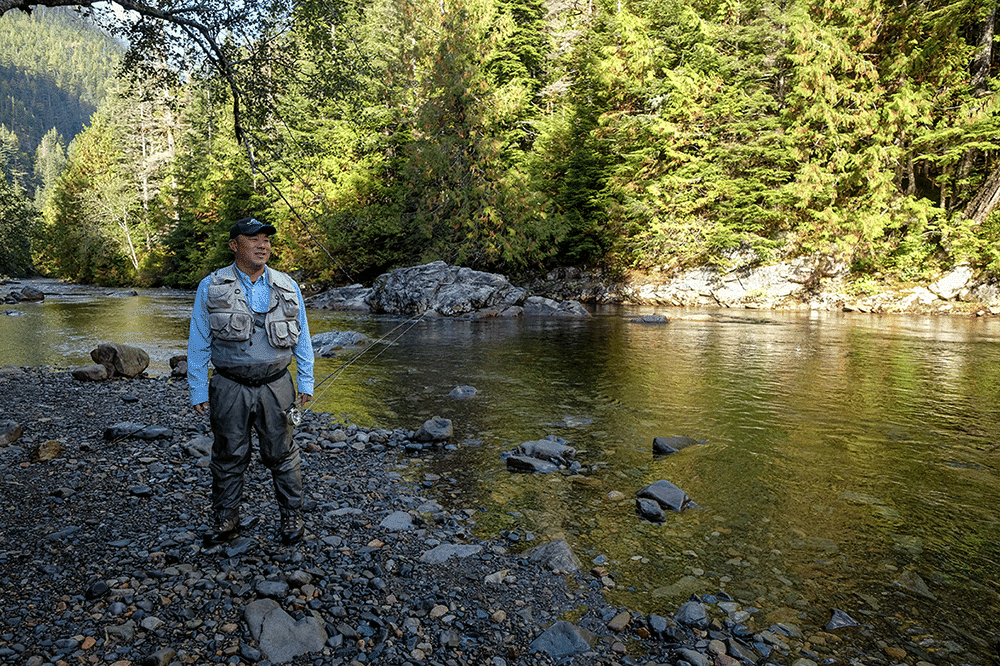
For many food fanatics, heaven looks like a seat at chef Taichi Kitamura’s sushi bar. There, he lays out the spreads of the finest Pacific Northwest salmon, Kona kampachi, and Hokkaido sea urchin. Taichi Kitamura rolls the delightfully oily local Neah Bay black cod precisely into rice and barely sears off pieces of Washington albacore. He uses the kiss of heat to enhance the flavor, before handing them off to guests at his Seattle restaurant, Sushi Kappo Tamura. Continue reading Chef Taichi Kitamura finds the balance.
But for Taichi Kitamura, heaven looks like arcing his Burkheimer fly rod in the waters of the Lamar Valley, catching a Yellowstone cutthroat trout, with its creamy beige back and bright red cheeks. “I make a perfect cast, perfect presentation, and the fish rises up and takes it,” he describes. “It’s just the most satisfying feeling.”
Finding the Balance Between Cooking and Casting
While his interest in fishing comes from a deep, personal place, he has found a comfortable symbiosis at their intersection. “Some people do call me the fishiest guy in Seattle,” says Taichi Kitamura. Cooking pays the bills for the three-time James Beard Foundation Best Chef Northwest nominee, and beater of Bobby Flay. But casting keeps him happy.
“Fishing in freshwater is not about harvesting and eating the fish,” says Kitamura. “I do it to balance my life”. Working in the restaurant, he spends much of his time working with his team and serving customers. “There’s a lot of human contact,” he says. His time alone on the river, fly fishing for the wild native rainbow and cutthroat trout of Washington State, gives him the time, space, and environment to refresh and focus solely on one thing. “I’m able to just leave my restaurant, my chef life behind me, and I become a fisherman,” he says. “I try to think like a fish.”
A Childhood Love of Fishing Turns into a Lifelong Passion
Growing up in Japan, Taichi Kitamura loved playing with the frogs and crawfish around his home in Kyoto. In the third grade, he first went fishing in the lake, 20 minutes by train from his house, where the largemouth bass imported from the U.S., are considered an invasive species. Despite not having a family that fished, he fell in love with fishing. And often spent his birthday and Christmas cash funding his habit through middle school. When he was old enough to get a job, he saved all that money, too, for fishing gear. Then, at age 16, he moved to the U.S. for his final year of high school.

For his first few years in America, Taichi Kitamura didn’t fish. “Maybe I was busy making adjustments, trying to fit into the new culture,” he guesses. In college, he started working at a Japanese restaurant as a dishwasher. But quickly moved into the kitchen and began cooking. By his last year of school, he recalled his passion for fishing and decided to return to it. He met a guy at a party who fly-fished and dove into the new discipline, quickly rekindling his childhood love for the sport, finding more reasons to love it. “In Seattle, you can access all those wonderful rivers and lakes, it’s right there. You drive half an hour; you will be in the middle of the wilderness and then fishing.” he says. “Ever since, if I had time, I was just driving around in my little Honda Civic, trying to discover a new fishing spot”.
The splendor, the scenery, and the allure of the animals draws him to fly fishing. These days he only gets on a river a few times a month. Sometimes he finds himself driving eight hours round-trip for a day of fishing in just the right place. “When you go fly-fishing, you go to the most beautiful places. But you’re so into fishing, you don’t even know how beautiful it is because you’re so into it,” he says. He goes about his day, casting, eating lunch, and maybe taking a nap, before driving home, wholly rejuvenated. “And then, at one point you stop, and you look around and say, wow, this place is beautiful.”
When Kitamura finished college, he moved from Japanese restaurants to working for Seattle’s legendary sushi chef, Shiro Kashiba. He cut fish for work and spent his free time catching them from local waters. “It just happened, totally unrelated,” he says. “But it worked out great together.” Yet, over his many decades as a sushi chef, and since opening Sushi Kappo Tamura in 2010, he found that working as a chef enhanced his fishing and vice versa. “There are things that I know because I fish, and I make sushi,” he says.
Embracing Sustainable Fish for His Restaurants
His own love for fishing pushed him into focusing on sustainable fish in his restaurant. “I care about conservation and sustainability of the fish, for the very selfish reason because I want to be able to go fishing for the rest of my life and for the next generation to enjoy.” It drives the charities to which his restaurant contributes, keeping him focused on the specific local conservation issues about which he is uniquely knowledgeable. “If you don’t fish, it’s really hard to learn all this or to actually understand what it means,” he says. “But because I fish, before I get a piece of fish, I know it’s from the Olympic Peninsula, caught this way by this person and this time of year. All that makes a difference in the quality of the fish, and, of course, how it tastes, too.”
But ultimately, the fish he catches and releases and the ones he cooks fall into distinct categories. And though gains fame for his restaurant, he says that he enjoys the act of fishing more than eating fish. “Every fish I catch has personality,” says Taichi Kitamura. “The way they fight, the way they look.” He takes the best picture he can of each fish before releasing it back into the river, and sometimes even a video of it swimming away. Unlike the finality of the fish he hands over the sushi bar to excited diners, when he watches his videos later, he says, “It feels like that fish is still out there. Maybe I can meet him again.”

Exclusive Recipe: Saké-Steamed Walleye with Ginger and Scallions
4 6 oz. skin-on walleye fillets, or any white meat fish
4 oz. thinly sliced scallions
Ginger cut thin to match
½ cup Saké
½ cup water
4 Tbsp.soy sauce
4 Tbsp.peanut oil (or any mild-flavored oil)
Salt to taste
Lightly salt the fish fillets. Place them in a deep skillet or pan with lid. Add the water and sake. Steam on medium-high heat with lid on until it boils.
While the fish continues to cook for 2-3 minutes or until the fish is flaky, heat the oil in a small pan until it starts to smoke.
Transfer the fish fillets using a perforated spatula onto a large platter. Place the scallions and ginger on top. Pour the soy sauce and the hot oil. Serves 4.










